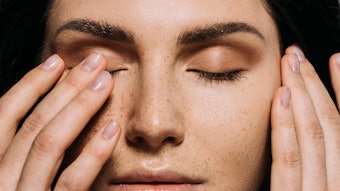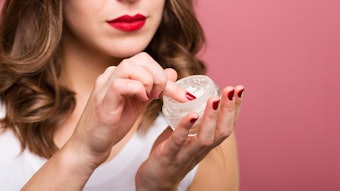The anecdotal history of the healing powers of aloe is well known, in part because most of us grew up with a small aloe plant growing on the windowsill in the kitchen. The plant was there for the minor emergencies that cropped up in the perilous profession of child rearing and meal preparation, and because Mom knew it worked. This review briefly examines the research that has paralleled and supported the growth of aloe as a widespread skin care ingredient and a biologically active ingredient in the newly emerging cosmeceutical segment.
Published clinical studies with aloe date back to the 1930s1-3 for treatment of radiation-induced dermatitis and burns. This focus continued throughout the 1940s and 1950s with some expansion, such as a study successfully demonstrating aloe as a treatment for peptic ulcers.
The 1960s ushered in the first real growth of aloe research. Successful studies of the previous three decades generated more interest in aloe’s therapeutic properties. New applications were explored in the area of gum disease, and the inhibition of microbial growth by aloe was first shown. Of course, research on burn and peptic ulcer treatments continued as it does today.
During the last three decades of the 20th century, research on the medicinal properties of aloe dramatically increased and expanded in scope. In the 1970s aloe studies on tumor inhibition and anti-leukemic activity, were published along with compositional analyses that described a number of biologically active components of the aloe plant. These studies served to elucidate some possible mechanisms of action for the range of medicinal properties already associated with aloe and to inspire research on new applications for aloe.










